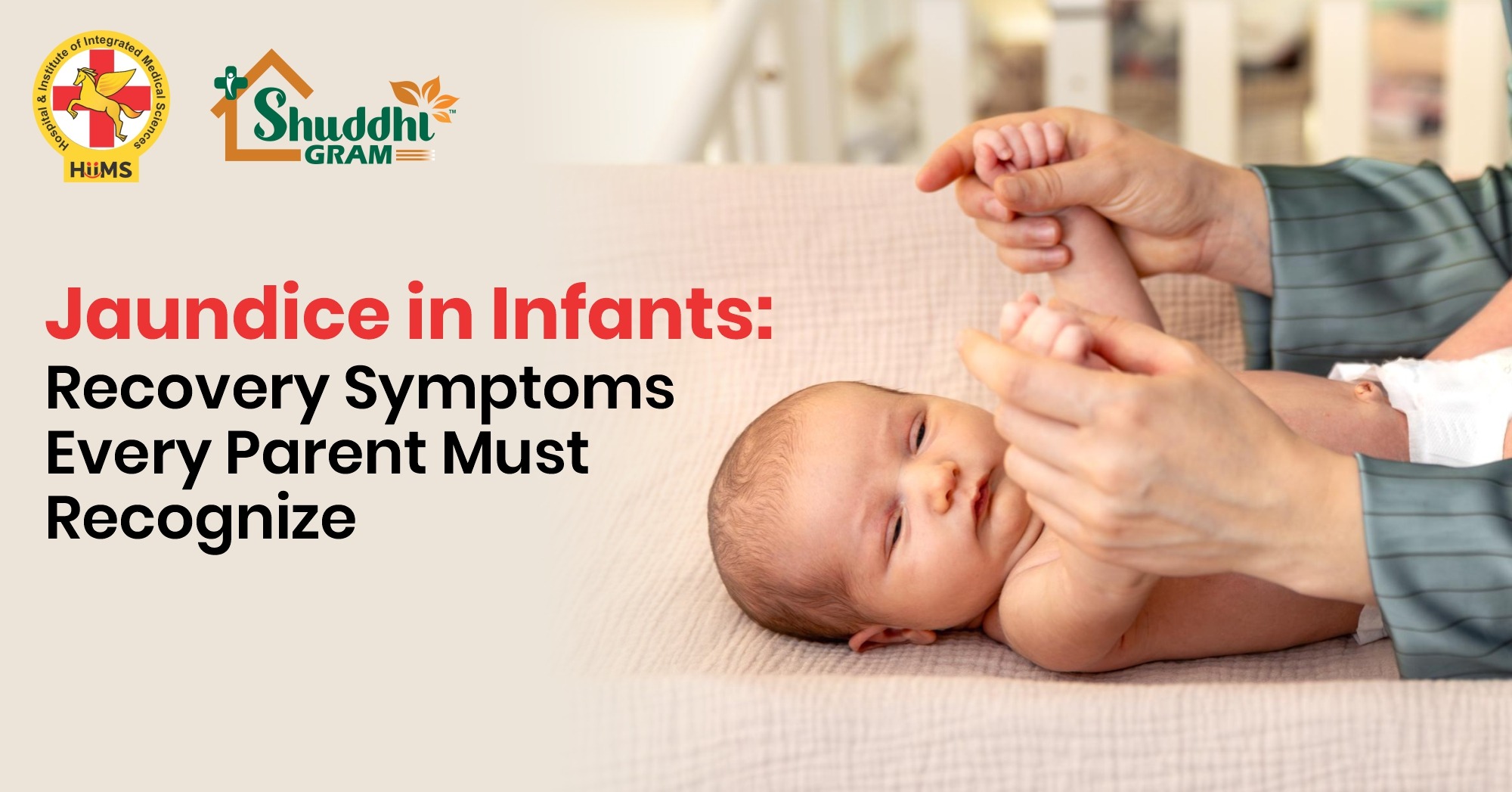
When you first hear that your baby has jaundice, your heart probably skips a beat. That yellow skin and eye color—it looks worrying, doesn’t it?
But here’s the truth: newborn jaundice is super common. Most babies get it, and in the majority of cases, it fades away on its own or with a little help from doctors.
The real question is: how do you know your little one is actually getting better? That’s where understanding infant jaundice recovery symptoms becomes really helpful.
Let’s walk through the everyday signs that show your baby is on the mend.
-
The Yellow Fades Slowly
The biggest thing you’ll notice is that the yellow color starts to go away. It usually fades from the face first, then the chest, then the rest of the body. It doesn’t happen overnight, so don’t panic if it takes a week or two. Seeing that color lighten is the first positive sign.
-
Blood Test Numbers Drop
Doctors often do blood tests to check bilirubin levels in infants. High bilirubin makes the skin look yellow. When those numbers go down, you can relax a little. It’s like getting proof on paper that your baby is improving.
-
Baby Becomes More Awake
A jaundiced baby can seem really sleepy. Sometimes it feels like you’re forever trying to wake them up for a feed. Once they start recovering, you’ll notice they’re more alert—opening their eyes wider, moving their arms and legs more, and responding when you talk. That little spark of energy is a wonderful sign.
-
Feeding Improves
Feeding is a huge part of recovery. The more your baby feeds, the faster bilirubin leaves their system. When your newborn starts latching better, finishing feeds, and slowly putting on weight, it’s a green light. Remember, feeding and jaundice recovery in babies go hand in hand.

-
Poop Looks Normal Again
Yes, nappies tell a story! At first, poop can look pale, which isn’t a good sign. But as jaundice clears, stools turn mustard yellow or brownish, depending on whether your baby is breastfed or formula-fed. That simple color change means the liver is working like it should.
-
Calmer, Happier Baby
Babies with jaundice can be fussy. Breast milk really helps here—it keeps your baby full and hydrated, and it also helps their body get rid of bilirubin faster. More peaceful sleep, less crying, and a generally happier little one all show that things are improving.
-
Body Temperature Stays Steady
During sickness, some babies struggle to keep a normal body temperature. When jaundice improves, their temperature stabilizes. You may not notice this unless you check often, but doctors consider it another good recovery sign.
-
No Scary Symptoms
The main worry with untreated jaundice is a rare brain problem called kernicterus. But don’t panic—if your baby is recovering, you won’t see anything alarming like seizures, stiff body posture, or strange movements. The absence of scary signs is actually a very positive indicator.
-
More Wet Diapers
This one’s simple. If your baby is peeing well, they’re clearing out bilirubin. By the end of the first week, you should see 6–8 wet nappies a day. That tells you feeding is going well, and your baby’s body is flushing out toxins naturally.
-
Doctor Says Things Look Good
And of course, nothing beats hearing your pediatrician say, “Your baby is improving.” Doctors check weight, skin tone, feeding, and overall health. Their thumbs-up means all the jaundice recovery indicators are lining up the way they should.
Why These Signs Matter
Every baby is different. Some recover in a few days, others may take a couple of weeks. By paying attention to these simple signs, you’ll feel more confident about your baby’s progress. And if something feels off—like the yellow gets worse, your baby refuses to eat, or stools look pale—you’ll know it’s time to call the doctor.
Final Thoughts
Spotting jaundice in a newborn can help put your mind at ease when you’re worried about your baby. Fading yellow skin, better feeding, normal diapers, more alertness, and your doctor’s green signal—these are the real signs that your baby is healing. With good care and a bit of patience, jaundice is usually just a short bump in your baby’s first journey through life.
 Reviewed By Dr. Jayant Batra (BAMS,PDBM,PGDCC,M.A.,YOGA)
Reviewed By Dr. Jayant Batra (BAMS,PDBM,PGDCC,M.A.,YOGA)







No approved comments yet.